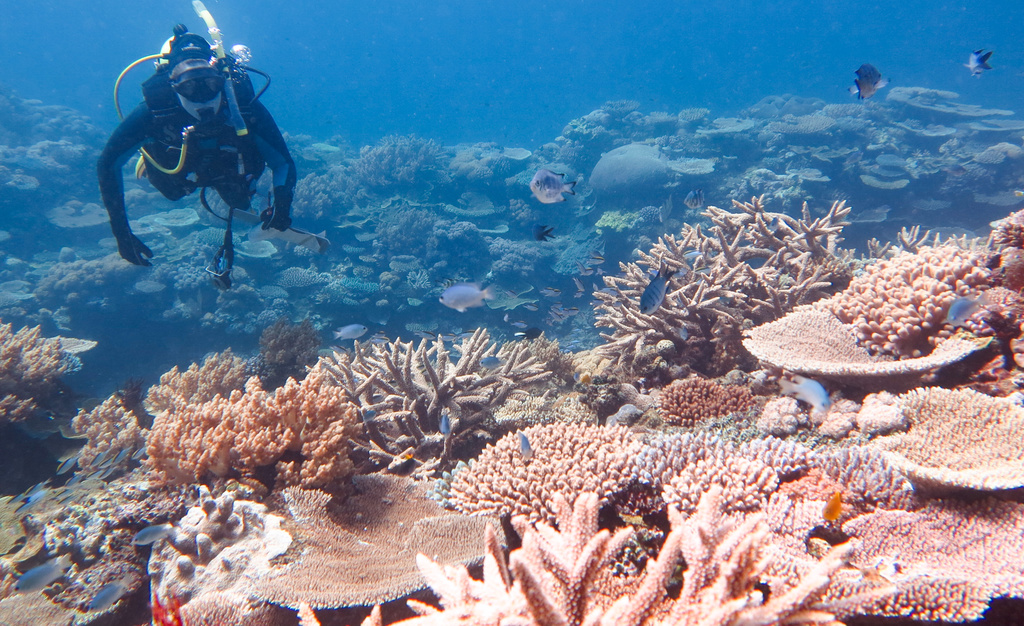New funding provided by the Research Infrastructure Co-Investment Fund (RICF) will help us increase our understanding of Queensland’s marine environment.
The $3.5M in RICF funding will go to IMOS facilities in Queensland operated by the Australian Institute of Marine Science (AIMS) in Townsville. The work includes a new database of microbial genomes, research into the movement of important fish species along the Queensland coast, and how waves transform from deep to shallow waters.
IMOS Director Dr Michelle Heupel said the RICF funding would position Queensland as a world leader in how marine microbiota respond to climate change, with a particular focus on the role they play on the Great Barrier Reef.
“We plan to develop a new open access database of 10,000 microbial genomes to be recovered from the length of the Great Barrier Reef as well as new microbial observatories at various inshore and offshore reef sites,” Dr Heupel said.
“The genome – or genetic make-up – of these microbiota will give us insight into the role they play in healthy coral reefs as well as a baseline for measuring what happens when there are changes in water quality and sea surface temperature.”
The Microbial Genomic database will link into the national project, the Australian Microbiome Initiative, which is a national bio-resource, providing a central database of marine microbial DNA and bioinformatics in association with Bioplatforms Australia.
While COVID-19 has affected many walks of life, the scientists at AIMS have been finding ways to get the science happening safely with seawater and sediment samples already collected from 23 reefs in the Northern/Cairns and Pompey/Swains sectors of the Great Barrier Reef to establish a microbial baseline for the region. Additional sampling from an AIMS research vessel is planned for July at 12 reefs within the Townsville sector of the Great Barrier Reef.
To better understand the distribution and movement of key focal marine species IMOS will deploy a network of acoustic receivers along the coast of Queensland.
IMOS has consulted with stakeholders including the Queensland Department of Agriculture and Fisheries, Queensland Parks and Wildlife Service and the Australian Government Department of Agriculture, Water and the Environment, to target priority species for tagging with acoustic transmitters. Tagging will be conducted regionally with multiple co-occurring species targeted across the region.
Information on the movement patterns and distribution of key commercial and recreational species are crucial for effective management and maintenance of populations, and will provide social and economic benefits for Queensland and Australia.
IMOS will also deploy deep-water buoys to measure surface waves at two new sites; offshore of the Great Barrier Reef near Cairns and Stradbroke Island off Brisbane. The deployment of the buoy near Cairns is planned for late July.
“Currently there is a critical gap in our understanding of how waves transform from the deep ocean to shallow waters where their impact is felt by Queensland coastal communities and industries,” Dr Heupel said.
The new funding will increase collaboration with the University of Queensland, Griffith University and James Cook University.
The Queensland Government established the RICF last year to complement the Australian Government’s National Collaborative Research Infrastructure Strategy (NCRIS), providing critical co-investment in NCRIS facilities in Queensland.
